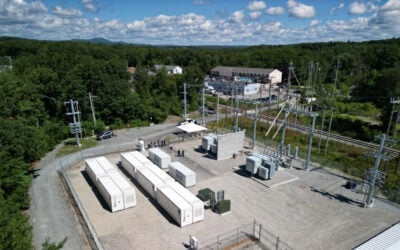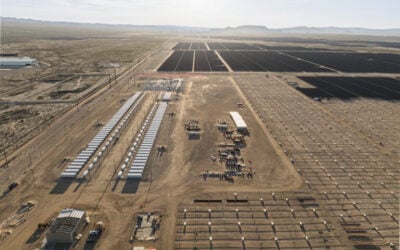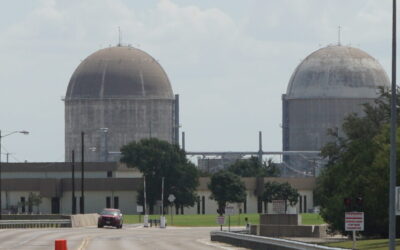The economics of commercial energy storage in the US. Source: GTM Research
Commercial energy storage economics are attractive today in seven US states, but according to GTM Research’s latest report, that number is to increase to 19 states by 2021, as storage costs fall.
“In this report, we wanted to provide an outlook for demand-charge-based economics of commercial storage, treating storage as a one-trick pony,” said Ravi Manghani, GTM Research’s director of energy storage and lead author of the report. “In reality, policy and market structures are evolving to help storage owners capitalize on other value streams as well. Effectively, this analysis should be viewed as the floor for commercial storage potential. The results establishing attractive economics in over a third of the states by 2021 is a promising sign for the future of commercial storage in the US.”
Enjoy 12 months of exclusive analysis
- Regular insight and analysis of the industry’s biggest developments
- In-depth interviews with the industry’s leading figures
- Annual digital subscription to the PV Tech Power journal
- Discounts on Solar Media’s portfolio of events, in-person and virtual
US commercial storage deployments grew a staggering fourteenfold between 2013 and 2015. Manghani told Energy-Storage.News that this increase in growth is mostly attributed to cost. "The storage supply chain has rapidly matured over the past couple of years with technological advancement and manufacturing capacity resulting in cost reductions. On the business model end, we've seen different financing and channels models shape up, thereby making storage available to a bigger cross section of customers."
However, this growth is pinpointed from a small base, as wide-scale storage adoption is limited to only a few states with local incentives and high retail rates, according to the report. "The disadvantage is that storage is still not a relevant technology in the macro electricity systems," said Manghani. "As a result, customer acquisition, data availability, interconnection requirements, safety and fire code requirements, etc. are still not as well understood or standardized making the adoption slower than the achievable potential."
However, as the upfront cost of storage systems continues to decline, and state incentives are implemented, this is likely to attract more markets. "California's self generation incentive programme is right at the top of available incentive programmes. The only other market that has local incentives is New York (city) through Con Edison's demand management program. However, we haven't seen a lot of systems getting actually interconnected through that programme," he added.
The report analyses the rate structures of 51 utilities across the nation to extract the opportunity for demand charge management for commercial energy storage customers. Based on this, GTM Research models the internal rate of return (IRR) for 1 hour and 2 hour storage systems for the small, medium and large-sized commercial segments.
This model found that demand-charge rates of a minimum of US$15/kW/month are imperative to achieving favourable economics for energy storage today. Projects estimate that by 2021, commercial economics will be favourable for certain utility tariffs with demand charges as low as US$11/kW/month.
17 states with markets that cater to large commercial customers will have an internal rate of 5% or higher – which is depicted in the report as being an extremely favourable return. For small or medium systems, 14 states will be economically attractive.
GTM Research also forecasts costs to fall 15% annually over the next five years. Within the context of this scenario, there could be up to 26 states across the nation that have economically attractive storage markets; creating scope for demand-charge-related bill savings. "Other than demand charge savings, other available benefits are power quality and reliability, and back-up when paired with solar or other on-site generation. By adding few other features, storage can be an integral part of microgrid," said Manghani.
This article has been updated to include comments from GTM Research's director of energy storage Ravi Manghani.






